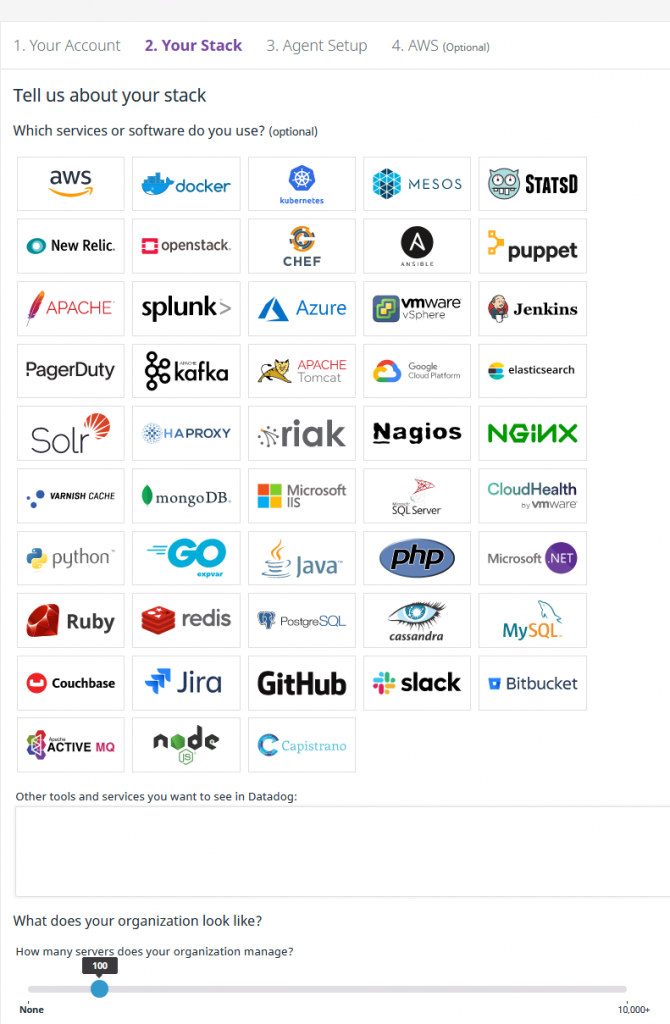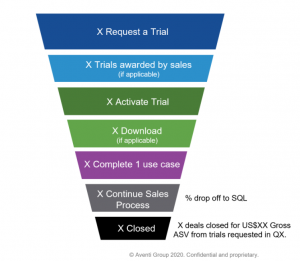Your Company’s Free Trials Can Be a Competitive Weapon – For or against You!
Your Company’s Free Trials Can Be a Competitive Weapon – For or against You!
Imagine you’re signing up for a free trial of a new marketing analytics tool. You’ve spent the last fifteen minutes finding the free trial sign-up page, providing your information, and selecting the features you want enabled in the trial. And now with fifteen minutes left in the 30 minutes slot you reserved on your calendar, you click the “submit” button and the screen reloads with, “Thanks for your information, we’ll have a sales rep reach out to complete the process.” Wait what???
Unfortunately, this and many other poor free trial experiences are common in the $266B SaaS market (Gartner). If you’re like most business trialists (the person signing up for the trial), you want to quickly get the trial and learn a bit about the product and company before making a recommendation to purchase or pass.
Avoid these 4 Free Trial missteps
Based on our experiences evaluating dozens of B2B SaaS free trials, marketers have a huge opportunity to generate more revenue by optimizing their free trial experience. One client of ours recently increased trial usage by 300% & trial-led revenue by 47% after implementing our recommendations. Here are four common free trial mistakes and tips to improve the free trial performance for B2B software firms.
1. Complicated trial request forms and slow activation
The first rule of trialist satisfaction is fast time to value—and long forms and delayed activations delay that value. Collect only the data that’s absolutely required in a way that adds value to the trialist. Ensure the trialist gets access to the product as soon as possible, while they’re most motivated. As my colleague and fellow “trial-vangelist” Lindsay Cunningham says, “The trick is to ask for the trialist information in bites using a progressive SUSI (Sign Up Sign In) form. First, very little info is collected so there’s no obstacle to signing up. Then, while the trialist is opening the trial account, ask for more to help ‘customize the trial experience’ for the trialist.”
For example Datadog’s free trial, requires the trialist to initially provide only five fields (and not phone number thankfully!) before progressing to a series of questions seeking data germane to the trial such as number of servers and cloud providers used. By the time the trial sign up is completed, the trialist is using the product and immediately recognizing value from the trial.
2. The free trial bait and switch
Suggesting a free trial and not immediately delivering it is a terrible trialist experience and one that we see in about 25% of the free trials we examine. Waiting for a trial to be “activated” generally means waiting for a sales rep or other gatekeeper to review the trialist’s information and contact the trialist to further qualify them. In our experience, that wait time can range from 2-4 hours to over a week! Guess what the trialist is doing while waiting for their trial to be approved? Evaluating another product and forgetting about their original trial request.
At Aventi Group, we believe that trialists end up evaluating two things when they request a trial: the product and the company offering the trial. Thus, it’s important that the trialist feel respected by the company and like they’re in charge of their own experience. A free trial must be ‘free’ in cost and ‘free’ of hurdles to using the product.
If a firm has a complex product, instead of sending the trialist to a sales rep for configuring the trial (which generally means qualifying the trialist as a lead more than helping to configure), gather the trialist’s requirements during initial sign up and provide step-by-step instructions which will increase signup success rate.
Datadog’s cloud monitoring free trial is quite sophisticated, so as the screenshot below shows, the company collects user requirements as part of the sign-up process and displays (via tabs at the top) progress towards sign up completion.

3. Spamming the trialist with generic content
The single most important influencer of a successful trial is ensuring ongoing engagement with your trialists. Let’s face it, every trialist has a ‘day job’, so their time and attention are limited. To keep them active, you need to find ways to be relevant and continuously nurture and enable your trialist over time.
A nurture stream specific to trialists is critical, yet only about half of the free trials we’ve analyzed have a nurture stream unique to a trialist. The other half typically send generic eDMs as if the trialist signed up for a broad email distribution list. Nurture your trialists with content that helps them quickly be successful and gain confidence in the trial such as a quick start guide, a getting started video, or “Top Five Tips for Success” doc. Create a learning environment where a trialist can select the content their most interested in and learn at their own rate and keep your content up to date. The best trials frequently evolve to include new product capabilities, easily enable different use cases, incorporate upcoming events, and help trialists measure and communicate their results.
And don’t forget to keep nurturing the trialists even after the trial period has expired. It could takes more than a month for a trialist to open a PO while keeping the trialist in the nurture stream is practically free and provides a future sales opportunity for when the trialist’s circumstances change — which they often do!
4. Set it and forget it
Data is the marketer’s best friend and trials provide a wealth of actionable data that can be used to drive continuous improvement. Ironically, many SaaS companies do not consolidate their data to get an accurate view of trial performance, missing out on the opportunity to strengthen what could be their most influential marketing tool.
To create the foundation for continuous improvement, start by defining a list of key trialist milestones to create your trial performance funnel. Then track the metrics that count, such as the delta between trial requests and trial activations. Focus first on improving the phases where your trial shows the greatest losses.

A recent Aventi client had strong numbers for trial activations but showed a significant drop in the number of trialists completing a use case. Our analysis identified several areas to improve including matching the trialist to the right product features and developing enablement content specific to three different use cases for the product. The client experienced a 300% gain in the percent of trialists who completed at least one use case.
Wrapping up
Former Chancellor of W. Germany Helmut Schmidt said, “The biggest room in the world is the room for improvement.” Free trials currently have a huge space reserved in the room Schmidt describes. Let’s work together to downsize the room for improvement to a small office with a nice view ok? Thanks!
For a free initial consult on your free trial or to learn more about Aventi Group’s trial optimization service, contact Eric Rasmussen at eric@aventigroup.com.









